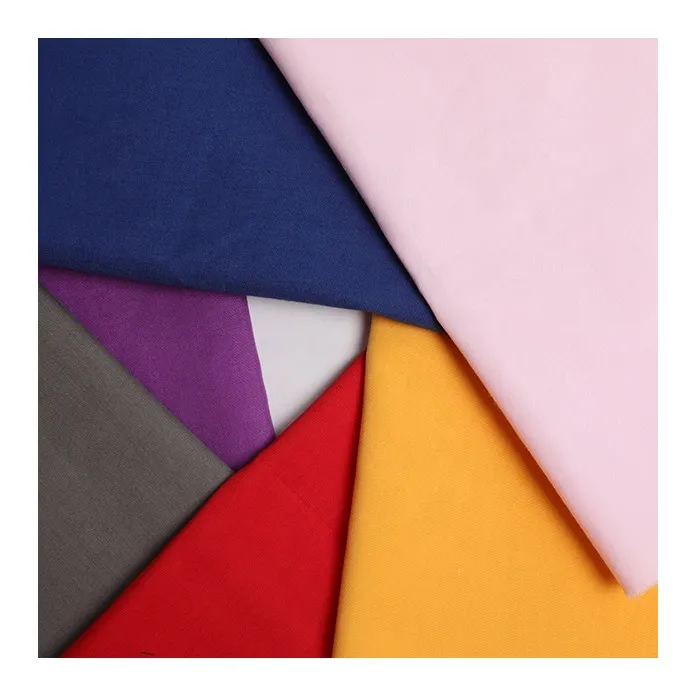
- Afrikaans
- Albanian
- Amharic
- Arabic
- Armenian
- Azerbaijani
- Basque
- Belarusian
- Bengali
- Bosnian
- Bulgarian
- Catalan
- Cebuano
- Corsican
- Croatian
- Czech
- Danish
- Dutch
- English
- Esperanto
- Estonian
- Finnish
- French
- Frisian
- Galician
- Georgian
- German
- Greek
- Gujarati
- haitian_creole
- hausa
- hawaiian
- Hebrew
- Hindi
- Miao
- Hungarian
- Icelandic
- igbo
- Indonesian
- irish
- Italian
- Japanese
- Javanese
- Kannada
- kazakh
- Khmer
- Rwandese
- Korean
- Kurdish
- Kyrgyz
- Lao
- Latin
- Latvian
- Lithuanian
- Luxembourgish
- Macedonian
- Malgashi
- Malay
- Malayalam
- Maltese
- Maori
- Marathi
- Mongolian
- Myanmar
- Nepali
- Norwegian
- Norwegian
- Occitan
- Pashto
- Persian
- Polish
- Portuguese
- Punjabi
- Romanian
- Russian
- Samoan
- scottish-gaelic
- Serbian
- Sesotho
- Shona
- Sindhi
- Sinhala
- Slovak
- Slovenian
- Somali
- Spanish
- Sundanese
- Swahili
- Swedish
- Tagalog
- Tajik
- Tamil
- Tatar
- Telugu
- Thai
- Turkish
- Turkmen
- Ukrainian
- Urdu
- Uighur
- Uzbek
- Vietnamese
- Welsh
- Bantu
- Yiddish
- Yoruba
- Zulu
Feb . 14, 2025 23:18
Back to list
polyester single jersey fabric
Polyester single jersey fabric has steadily grown in popularity, cementing its place in the textile industry as a versatile, comfortable, and durable material. This article delves into the world of polyester single jersey, exploring its unique characteristics, benefits, and applications, and provides valuable insights based on years of textile expertise and trustworthy resources.
From a sustainability perspective, polyester single jersey also offers significant advantages. With the growing focus on environmental conservation, recycled polyester has become increasingly prevalent. Produced from post-consumer plastics, like PET bottles, recycled polyester reduces dependency on virgin resources and minimizes environmental impact. This commitment to eco-friendliness is increasingly important to consumers and brands alike, echoing broader societal shifts towards sustainable practices. Expertise in fabric production has led to innovations in polyester single jersey fabric's texture and finish. Modern developments include blending polyester with other fibers to enhance its characteristics. For example, adding a small percentage of elastane increases elasticity, making it suitable for form-fitting garments. Combining cotton with polyester yields a fabric that marries the softness and breathability of cotton with the durability and resilience of polyester, beloved by designers for its feel and performance. In assessing the authoritativeness and trustworthiness of polyester single jersey fabric, one must consider the breadth of its applications and the testimonials of industry experts and consumers. It finds use in everything from T-shirts, dresses, and sportswear to bed linens, demonstrating versatility. Global brands that prioritize quality and performance often rely on polyester single jersey for its consistent and reliable attributes. However, no material is without its limitations. Polyester single jersey may not offer the same thermal regulation as more insulated materials, such as wool. In extremely hot climates, it may not be as breathable as natural fibers. Nevertheless, its ability to combine with other materials allows manufacturers to tweak these attributes to suit specific use cases. In conclusion, polyester single jersey fabric remains a bastion of innovation in the textile industry, offering an exciting blend of comfort, design flexibility, and practicality. The fabric's journey—growing from basic applications to high-performance uses—attests to its evolutionary adaptability and the continued trust of consumers and producers alike. As we look towards the future, advancements in technology and sustainability will undoubtedly forge new paths in which polyester single jersey will play an integral role, continuing to influence both consumer preferences and industrial practices.


From a sustainability perspective, polyester single jersey also offers significant advantages. With the growing focus on environmental conservation, recycled polyester has become increasingly prevalent. Produced from post-consumer plastics, like PET bottles, recycled polyester reduces dependency on virgin resources and minimizes environmental impact. This commitment to eco-friendliness is increasingly important to consumers and brands alike, echoing broader societal shifts towards sustainable practices. Expertise in fabric production has led to innovations in polyester single jersey fabric's texture and finish. Modern developments include blending polyester with other fibers to enhance its characteristics. For example, adding a small percentage of elastane increases elasticity, making it suitable for form-fitting garments. Combining cotton with polyester yields a fabric that marries the softness and breathability of cotton with the durability and resilience of polyester, beloved by designers for its feel and performance. In assessing the authoritativeness and trustworthiness of polyester single jersey fabric, one must consider the breadth of its applications and the testimonials of industry experts and consumers. It finds use in everything from T-shirts, dresses, and sportswear to bed linens, demonstrating versatility. Global brands that prioritize quality and performance often rely on polyester single jersey for its consistent and reliable attributes. However, no material is without its limitations. Polyester single jersey may not offer the same thermal regulation as more insulated materials, such as wool. In extremely hot climates, it may not be as breathable as natural fibers. Nevertheless, its ability to combine with other materials allows manufacturers to tweak these attributes to suit specific use cases. In conclusion, polyester single jersey fabric remains a bastion of innovation in the textile industry, offering an exciting blend of comfort, design flexibility, and practicality. The fabric's journey—growing from basic applications to high-performance uses—attests to its evolutionary adaptability and the continued trust of consumers and producers alike. As we look towards the future, advancements in technology and sustainability will undoubtedly forge new paths in which polyester single jersey will play an integral role, continuing to influence both consumer preferences and industrial practices.
Next:
Latest news
-
The Versatility and Elegance of White Cotton Poplin FabricNewsJun.23,2025
-
The Luxurious Comfort of Carded CottonNewsJun.23,2025
-
Explore the Luxurious Comfort of Cotton Flannel ClothNewsJun.23,2025
-
Discover the Versatility of Cotton Poplin ClothNewsJun.23,2025
-
Bleach Cotton FabricNewsJun.23,2025
-
100 Cotton BlendNewsJun.23,2025
-
Versatile Elegance with Poplin Fabric for SaleNewsMay.15,2025
